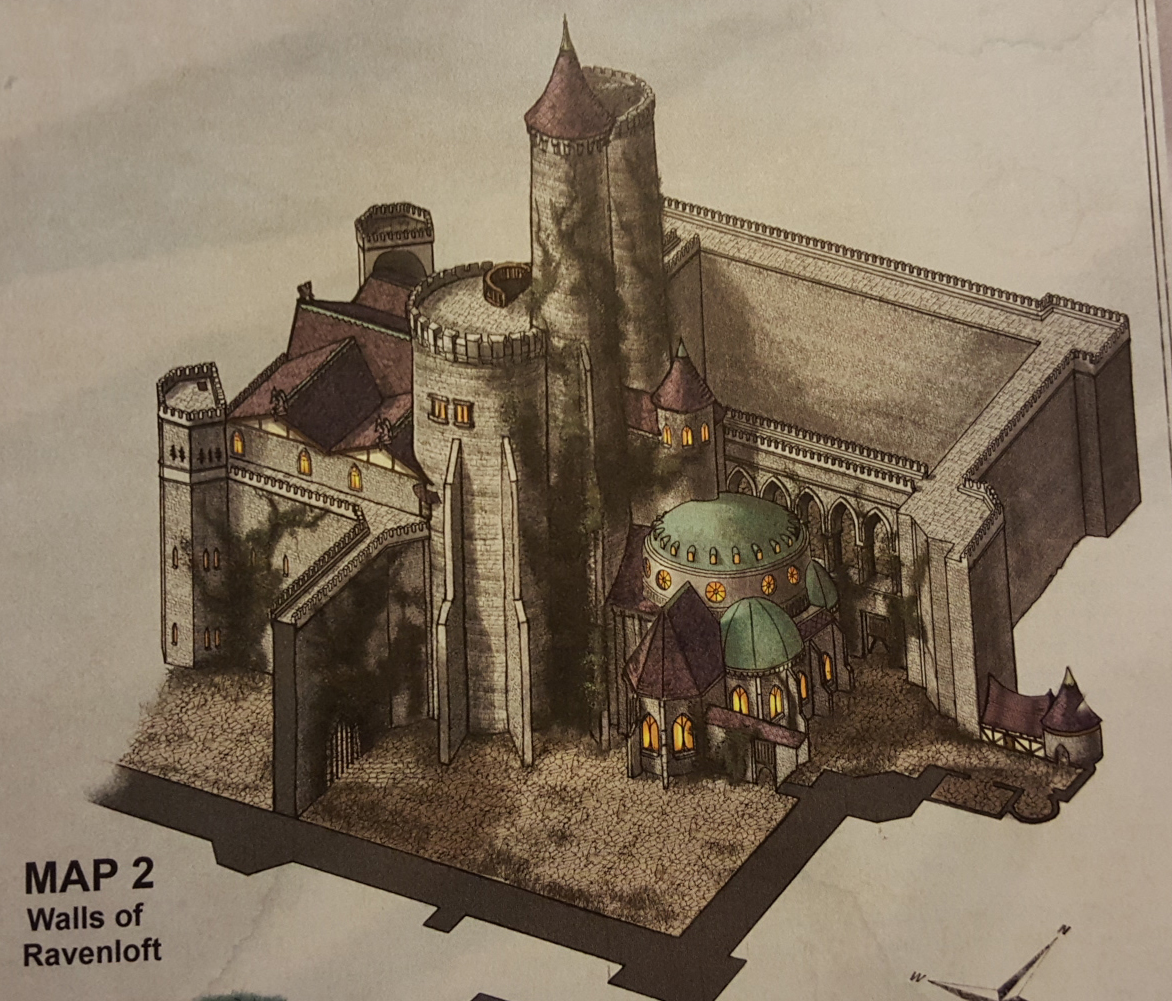

Published in 2016, Curse of Strahd modernizes those mechanics and expands them from a meager 32 pages to a hefty 256. Rather than simply describing the action from a distance, Strahd allows the Dungeon Master (DM) to personally engage with the material and with the players at the table through both combat and noncombat encounters. Ravenloft was the first D&D adventure that truly felt like a complete narrative, and it centered on Strahd, a complex villain with motivations of his own. The secret was a charismatic vampire named Strahd von Zarovich. Written by Tracy Hickman and Laura Hickman, it added a rich sense of storytelling to D&D. Then, in 1983, the Ravenloft module was published. Rolling dice with your friends meant crawling around a subterranean dungeon, killing weird monsters, and making off with some magical items. Why this vampire?īack in the 1970s, when D&D was young, the game focused mainly on exploration, combat, and loot. I’ll help you figure out which one is right for you.īut first, a little backstory to whet the appetite. They run the gamut from old-school do-it-yourself storytelling to a luxurious collectors’ set with high production values.

It’s called Curse of Strahd, and it might just be the most welcoming and adaptable way into the original role-playing game.īecause of its popularity, there are currently three excellent options for buying Curse of Strahd. But one campaign is regularly recommended ahead of all the others - especially for beginners. There are no fewer than three current starter sets, more than a half-dozen rock-solid published adventures, and an entire marketplace of fan-created content. If you’ve been thinking about playing Dungeons & Dragons then you’ve probably noticed that there’s a lot of material to choose from.


 0 kommentar(er)
0 kommentar(er)
